It is traditional, at this time of year, for American scientists to reveal the results of their research into the possible health impacts of fireworks and this year a team from Utah have stepped up to the plate.
Needless to say, it is the 4th July celebrations that arouse this interest in pyrotechnics, even more so in recent years due to the wildfires which are already compromising air quality across a good deal of the country.
In 2021, my predecessor went a day earlier than this with the 4th July coverage, whereas last year we waited until after the event to reveal the impact of New York’s legendary Macy’s display.
This year researchers from Brigham Young University and the University of Utah have published the results of a two-year study of air quality in the Wasatch Front region of the state.
The research was not investigating the impact of fireworks on air quality per se, rather it was a study of the seasonal components of PM2.5, PM10, and total suspended particulates between 2019 and 2021.
They found that dust events dominated PM chemistry from the Spring though to Autumn, interrupted by the effect of fireworks around the 4th July holiday, with urban pollution coming to the fore during winter inversions between November through February.
Analysing the particulate matter that they collection around Independence Day they found much higher concentrations of Barium, Chromium, Copper, Potassium, Strontium and Vanadium than throughout the rest of the year.
The study was led by BYU geology professor Greg Carling who said: ‘We know we’re breathing in these particles that are unhealthy during firework events, dust storms, or winter inversions, but what’s actually in the particulate matter?
‘Metals are really good at moving around from the atmosphere into the soil, into the water and into our food, and they’re persistent, meaning that they don’t really go away — they just keep cycling through the system.’
His recommendation is that people continue to enjoy official firework displays but avoid putting on any themselves. He also hopes the research can be used by policymakers to limit the types and quantities of fireworks used and to support further research into the health effects of trace metal pollution.
He said: ‘It’s great when research leads toward legislation that can help improve things. Sometimes it’s just a paper that gets published and a few scientists read it. But other times, it gets picked up and used to create real solutions.’










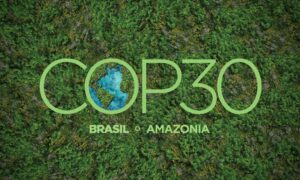
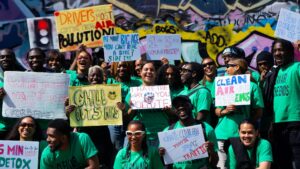
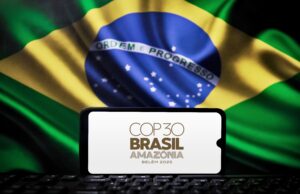
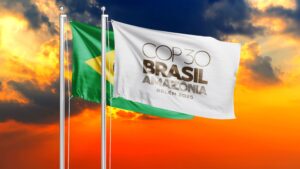
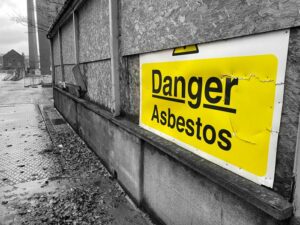

Leave a Reply